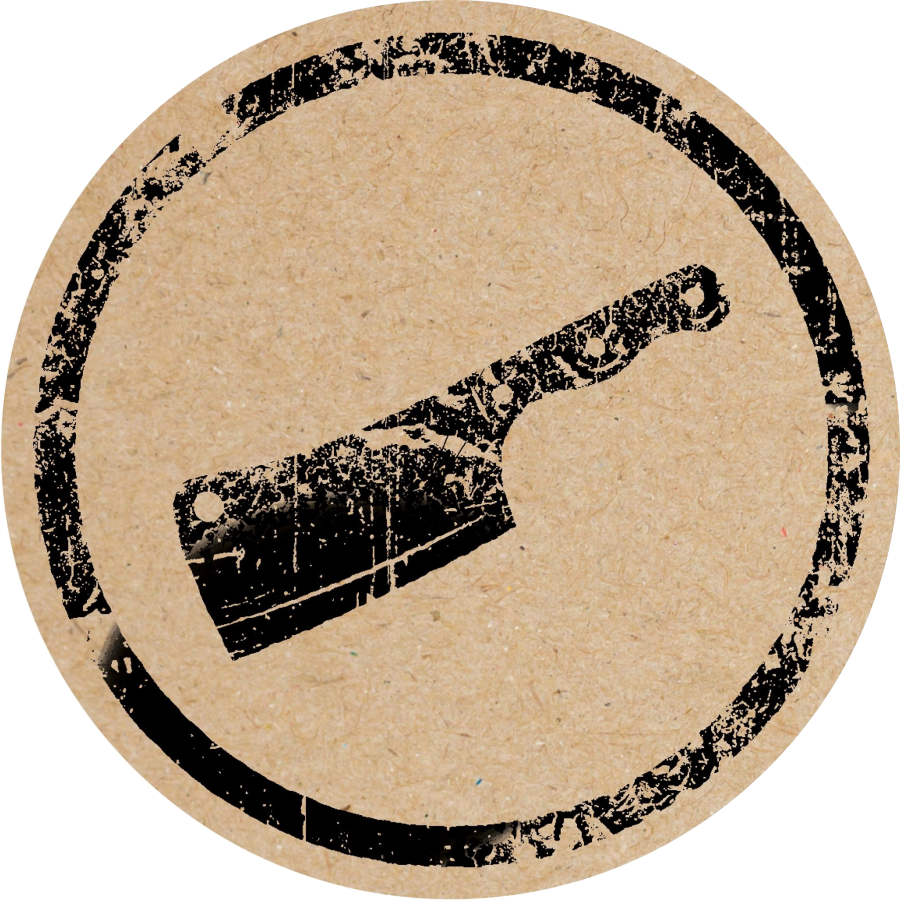Selecting the right cooking wood is essential for enhancing the flavors of your grilled and smoked dishes. The type of wood you choose can significantly influence the taste, aroma, and overall quality of your barbecue. This guide will help you understand the various types of cooking wood, their unique wood flavor profiles, and provide smoking wood tips to elevate your BBQ experience.
Understanding Wood Types:
Hardwoods vs. Softwoods:
When it comes to grilling wood selection, hardwoods are preferred over softwoods. Hardwoods, such as oak, hickory, and maple, are denser and burn more steadily, providing consistent heat and smoke. Softwoods, like pine or cedar, contain high resin content, which can produce unpleasant flavors and harmful smoke compounds, making them unsuitable for cooking.
Popular Hardwoods for Smoking and Grilling:
- Hickory: Known for its strong, savory flavor, hickory is often considered the best wood for smoking pork and ribs, imparting a rich, bacon-like taste.
- Oak: A versatile hardwood with a medium smoky flavor, oak is ideal for beef and lamb, providing a balanced taste without overpowering the meat.
- Maple: Offering a subtle sweetness, maple is perfect for poultry and vegetables, adding a gentle flavor that complements without dominating.
- Mesquite: With an intense, earthy flavor, mesquite is best used sparingly or for quick cooks, as its strong taste can easily overpower delicate meats.
Fruitwoods:
- Apple: This fruitwood for grilling imparts a mild, sweet flavor, making it suitable for pork and poultry, and adding a fruity aroma to the meat.
- Cherry: Known for its fruity, mild flavor, cherry wood pairs well with most meats, providing a rosy color and a subtly sweet taste.
Wood Forms:
Wood Chips vs. Chunks:
The form of wood you choose affects the smoking process:
- Wood Chips: Ideal for shorter cooking times, chips ignite quickly and produce smoke rapidly, making them suitable for grilling.
- Wood Chunks: Better for longer smoking sessions, chunks burn slowly and steadily, providing sustained smoke for extended periods.
Tips for Selecting and Using Cooking Woods:
- Sourcing Quality Wood: Ensure you’re using untreated, food-grade wood to avoid harmful chemicals.
- Seasoning: Use properly seasoned wood with low moisture content to produce clean smoke and prevent bitter flavors.
- Storage: Store wood in a dry, well-ventilated area to maintain its quality and prevent mold growth.
In conclusion, experimenting with different types of cooking wood and understanding their wood flavor profiles can significantly enhance your grilling and smoking endeavors. By selecting the appropriate wood and utilizing these smoking wood tips, you can create flavorful, aromatic, and memorable BBQ dishes.










